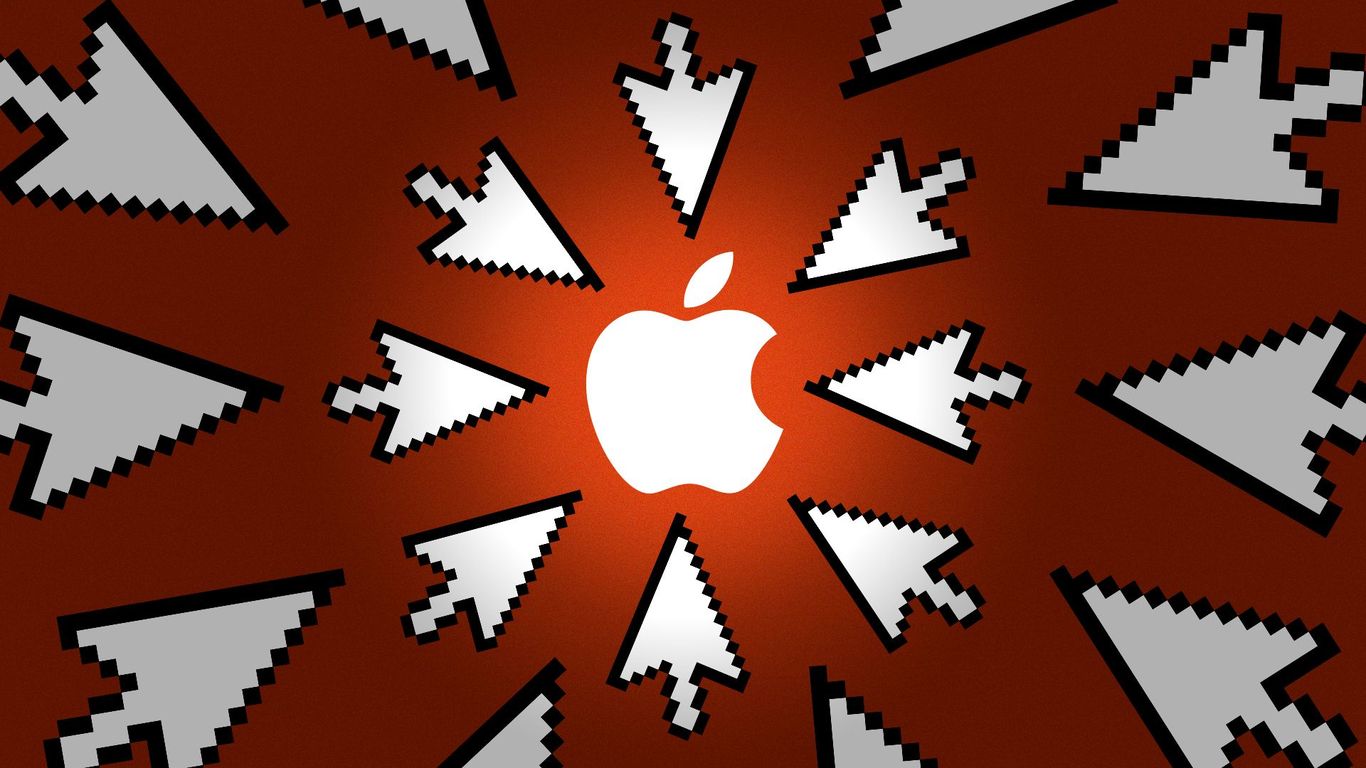
The Shifting Sands of Global Manufacturing: How Tariffs Reshape the iPhone’s Legacy
The iPhone. A ubiquitous symbol of technological innovation, a status symbol, and a cornerstone of a multi-trillion dollar company. Its seemingly effortless global success, however, rests on a complex, delicately balanced ecosystem, one now facing significant tremors. The imposition of significant tariffs on goods imported from specific regions, particularly China, is shaking the very foundations of this carefully constructed empire.
For years, Apple’s dominance has been built upon a streamlined, globally integrated supply chain. Components sourced from numerous countries converge in China, where the majority of iPhones are assembled. This allows for economies of scale, specialized manufacturing expertise, and access to a vast workforce. This intricate network, honed over decades, is remarkably efficient – a carefully choreographed ballet of logistics and production.
But this intricate dance is now threatened. The increased costs associated with tariffs translate directly into higher production expenses for Apple. This isn’t simply a matter of slightly increased prices for consumers; the impact is far-reaching and potentially disruptive.
The immediate concern is price. While Apple has considerable pricing power, absorbing all the increased costs from tariffs is unsustainable. Passing some or all of the burden onto consumers will inevitably impact sales, particularly in price-sensitive markets. This creates a difficult balancing act – maintaining profit margins while keeping the iPhone competitive in a global marketplace.
Beyond price increases, the tariffs create uncertainty. Businesses thrive on predictability; the sudden imposition of substantial tariffs introduces significant volatility. Long-term planning, critical for a company like Apple that invests heavily in research and development, becomes far more challenging. Strategic decisions – such as investments in new facilities, technologies, or expansion into new markets – are clouded by this ongoing uncertainty.
Moreover, the tariffs fuel a broader reconsideration of Apple’s supply chain strategy. Diversifying manufacturing beyond China is now a pressing necessity, not a mere strategic option. This, however, is a monumental undertaking. Shifting production to other regions requires significant investment, logistical adjustments, and the training of new workforces. It’s a long-term project with no guarantee of success, and it carries its own set of risks and challenges.
The ripple effects extend far beyond Apple itself. The iPhone’s manufacturing network supports millions of jobs, both directly in factories and indirectly through associated industries. Tariffs threaten these livelihoods, creating economic instability in affected regions. This interconnectedness highlights the far-reaching consequences of seemingly isolated trade policies.
The future of the iPhone, and indeed the global technological landscape, hangs in the balance. The delicate equilibrium that fueled Apple’s extraordinary success is facing a severe test. The response to this challenge will not only shape Apple’s future but will also set a precedent for how other global corporations navigate the shifting sands of international trade and economic policy. The coming years will reveal whether Apple can successfully adapt and maintain its position at the forefront of technological innovation, or whether the current turbulence will fundamentally reshape its empire.



Leave a Reply